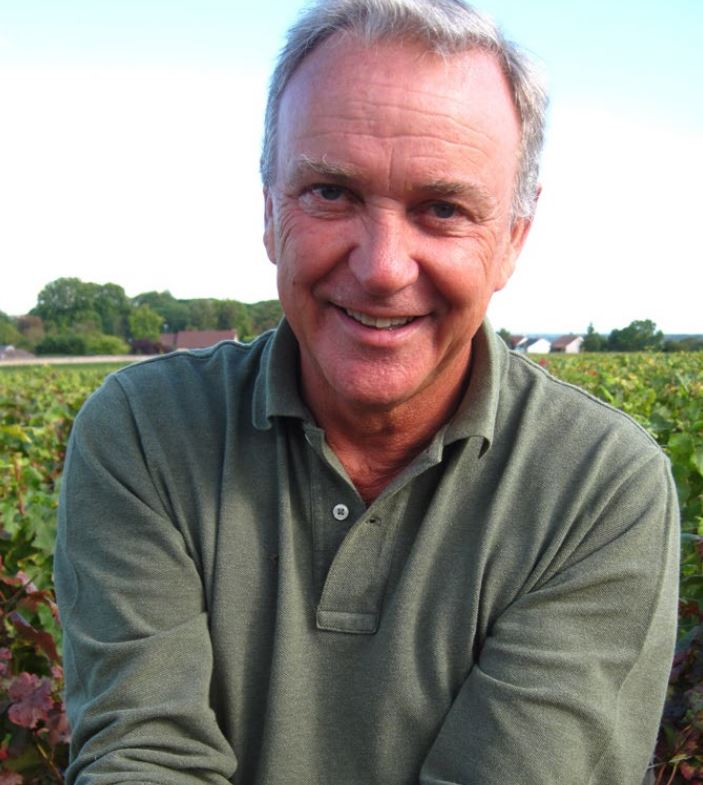Chateau de la Tour
Château de la Tour, established in 1890, is the largest proprietor of the Clos-Vougeot, owning some five and a half hectares of the total 50 designated grand crus.
This family-owned domain, therefore, accounts for around 11% of the appellation.

The vines are predominantly from two parcels close to the château building. There is another smaller holding (recently replanted, so currently out of action) higher on the slope, bordering Les Echézeaux, and two thin strips of vines running towards the road.
The Château de la Tour itself is one of only three buildings in Clos-Vougeot. The domain is owned by Jacqueline Labet and Nicole Déchelette, mother and aunt, respectively, of François Labet.
The vines have an average age of 67 years, with a one-hectare plot planted in 1910 at their heart. The domaine has been organic since 1992. Yields are controlled by rubbing out every second bud, which gives a well-aerated canopy, and which François and
Cyril Beutot (chef de culture) prefers green harvesting.
Grape sorting with secateurs takes place once the grapes arrive from the vineyards, with whole bunches loaded into the fermentation vats and then cooled to around 6°C for a week. Fermentation starts spontaneously, following which a maximum temperature of 29°C is maintained.
Once fermentation ends, the wine is immediately racked into a barrel to avoid any astringency in these most robust Pinot Noirs. Around 50% new oak is used for the Cuvée Classique and 100% for the Vieilles Vignes and Hommage.

Domaine Pierre Labet
François Labet inherited this domaine from his father. Given his dual responsibility for Domaine Pierre Labet and the maternal Clos-Vougeot holdings, it made sense to vinify all wines in Château de la Tour’s historic and expansive cellars. The two domains have very different requirements; however, an important challenge of Domaine Pierre Labet is the geographical distance between its holdings. For this reason, François has had an operational base in Beaune since 2014. Another useful
recent addition to the domain’s toolbox is a lorry for transporting tractors. The seven-person vineyard team travels together as one unit. In addition, there are two permanent cellar hands, with another two in busy periods.
100% whole bunches are used here, giving a lifted, sappy quality to the wines. No sulphur dioxide is used at harvest, and François chooses to protect the grapes using carbon dioxide (dry ice) at the top of the vats. There is no racking after malolactic fermentation. The wines are left to settle in a vat after pressing. The white wines are given a brief period of lees contact following fermentation but with no bâtonnage (lees stirring). Whites are given a light fining, whereas there is none for the reds. None of the wines are filtered.